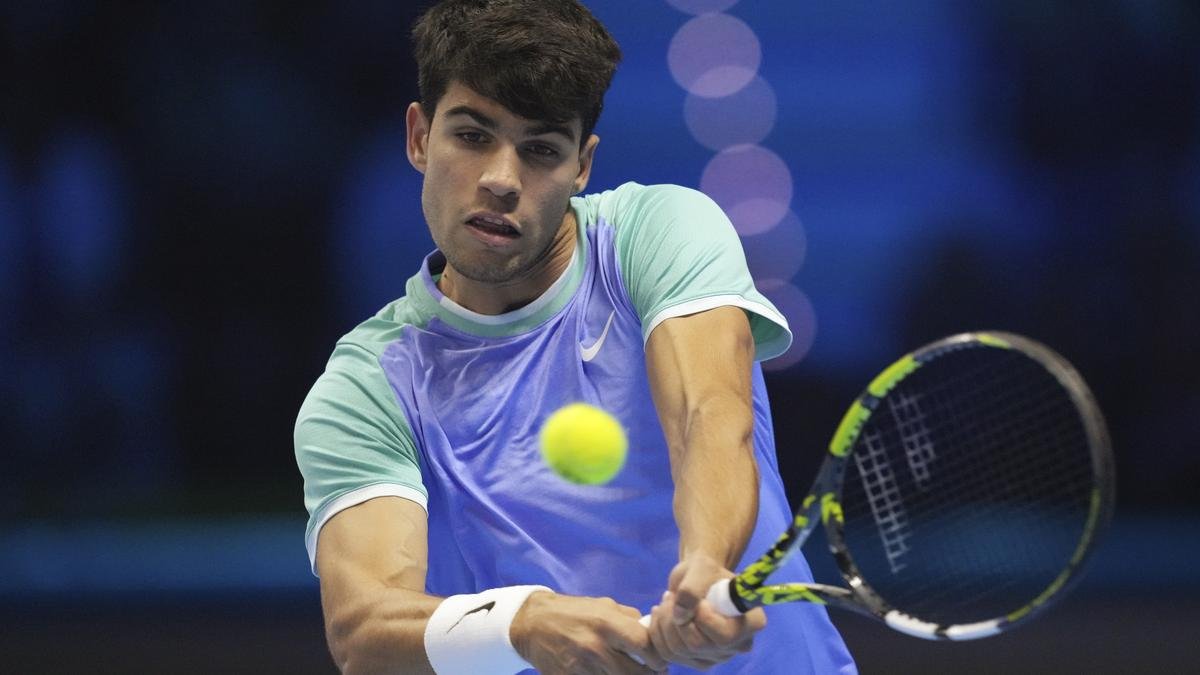The nation manages to maximize its resources effectively by implementing practical strategies, allocating funds meticulously, and providing excellent coaching, all while working with a limited talent pool.
In the words of a comedian from a tourism video with former Prime Minister Jacinda Ardern, New Zealand is likened to a worm in the Tasman Sea or a partially consumed mutton chop in the Pacific. It is the birthplace of the egg-beater and the filming location of the Lord of the Rings trilogy. The country never fails to astonish and puzzle.
With a populace of 5 million, this nation extends across a hundred thousand square miles. Its population is a quarter of Mumbai’s and its expanse is approximately equivalent to Uttar Pradesh.
Despite their relatively small size and strength, they have managed to achieve remarkable sporting success over the past few decades. Just recently, their cricket team handed India, a country with a population of 1.48 billion as head coach Gautam Gambhir often emphasizes, its first ever series whitewash at home. Prior to that, they emerged victorious over India to secure the World Test Championship mace. New Zealand has made it to more semi-finals in 50-over World Cups than any other team, all while maintaining a talent pool consisting of only one hundred thousand registered cricketers. In comparison, India, Australia, and England each boast four times as many cricketers.
In a prime example of sporting excellence stands New Zealand. Daryll Mitchell described it as “New Zealand being quintessentially New Zealand.” The nation’s remarkable achievements in various sports far exceed what one would expect from its population size. The All Blacks dominate rugby union, boasting an impressive 80 percent win rate in games played this century.
New Zealand has established a significant presence across various sports on the global stage, showcasing their prowess and determination. At the Paris Olympics, they clinched the 11th spot in the medal standings, securing an impressive tally of 10 gold medals. In their two appearances at the football World Cup in 1982 and 2010, they demonstrated their strength by remaining undefeated and even managing to hold the reigning world champions, Italy, to a draw. Additionally, the White Ferns achieved glory by claiming the title of world T20 champions. New Zealand’s achievements across multiple sports highlight their growing impact and success in the sporting arena.
Participation in outdoor activities is evidently significant, with schools placing strong emphasis on fostering skills in running, jumping, and throwing. Over fifty percent of students engage in competitive sports representing their school annually. For example, Kane Williamson explored a variety of sports before committing to cricket, while Tim Southee almost opted for rugby instead of cricket.
John Syms, a social science teacher at Tauranga Intermediate College, attributes New Zealand’s inclination towards sports to a combination of cultural, historical, and geographical factors. He explains, “Our history of colonization fueled a desire to prove our success and surpass our colonizer, England, especially considering our isolated location.
Keen focus on specifics
Pragmatic planning and meticulous financial support are essential elements. Notably, by the end of 2020, High-Performance Sport New Zealand injected substantial funding into athletics, reinstating its Tier 1 status alongside rowing, sailing, and cycling. This sudden influx of resources now allows for increased spending on travel, coaching, and enhanced competitive opportunities. Keith Harvey, a faculty member at the High-Performance Center at Waikato University in Hamilton, emphasizes, “Athletes are not just born; they are made. This is where promising athletes are nurtured, laying the foundation for their journey to international success.
In cricket, there has been a warm embrace of individuals from diverse backgrounds. Neil Wagner, Glenn Phillips, and Devon Conway made the move from South Africa in pursuit of enhanced opportunities, while BJ Watling arrived in the nation during his teenage years alongside his mother. Colin de Grandhomme relocated from Zimbabwe, and assistant coach Luke Ronchi hails from Australia. The domestic cricket scene also features players from England and the Caribbean. This blend of talents exemplifies the spirit of integration that resonates throughout the country, manifesting vividly in the realm of sports.










